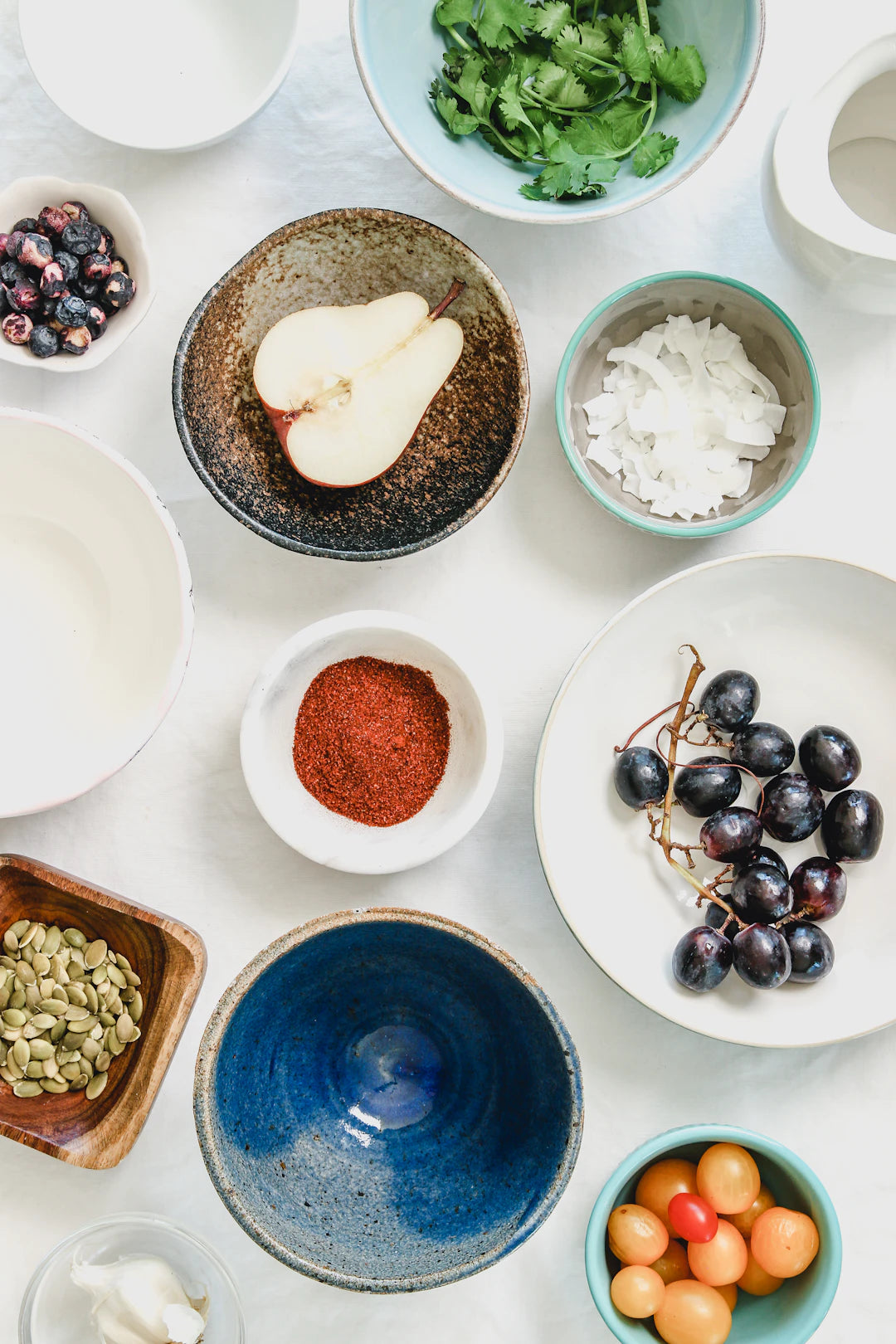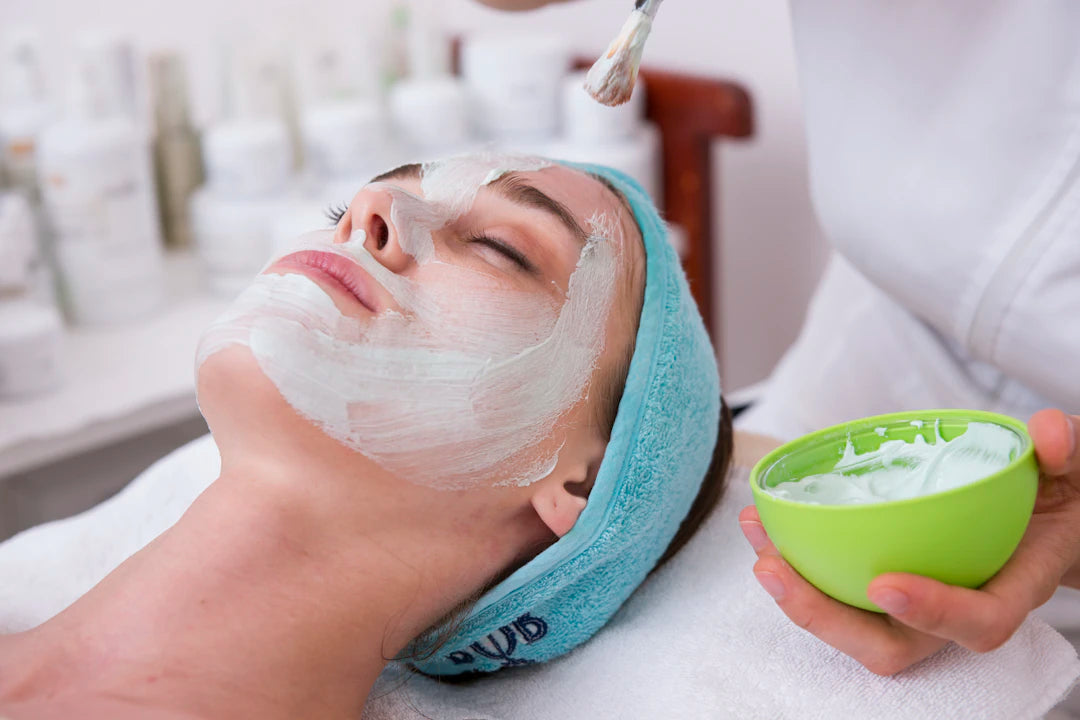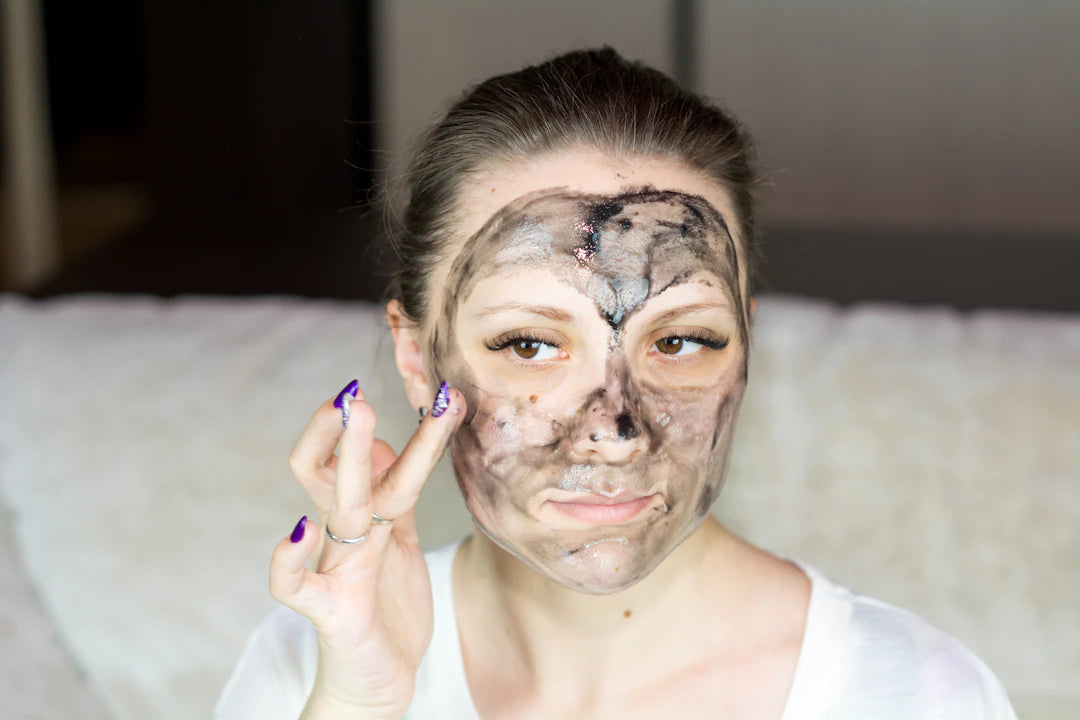Understanding Ingredients: What to Look For in Skincare

Overview
Understanding skincare ingredients is crucial for maintaining skin health, avoiding allergens, and making effective product choices. This guide covers the types of skincare ingredients (emollients, humectants, occlusives, active ingredients), how to read labels, key ingredients in beauty oils, and steps to craft a personalized skincare routine. Empower yourself with ingredient knowledge for better skincare results.
Frequently Asked Questions
1. Why is it important to know skincare ingredients?
2. What are the main categories of skincare ingredients?
3. How should I read skincare product labels?
4. What key ingredients should I look for in beauty oils?
5. What steps should I follow to create a skincare routine?
In today’s world, where the beauty industry is thriving, having a comprehensive knowledge of skincare ingredients is more important than ever. When navigating the shelves filled with lotions, creams, and oils, understanding what each ingredient does can empower you to make the best choices for your skin. This guide will help you break down the components of your skincare products, focusing particularly on beauty oils, and will provide you with the knowledge necessary to enhance your skincare routine.
Why Ingredient Knowledge Matters
Before diving into specific ingredients, it’s vital to understand why knowing what’s in your skincare products matters. Many consumers blindly trust brands without examining the labels, but understanding these components can significantly affect the health of your skin. Here are a few reasons why ingredient knowledge is essential:
- Skin Health: The skin is the largest organ in our body, and what we apply to it can have profound health implications.
- Allergies and Sensitivities: Being aware of ingredients can help you avoid allergens or irritating substances.
- Effective Choices: Knowing which ingredients work best for your skin type ensures you choose effective products.
Types of Skincare Ingredients
Skincare ingredients can generally be categorized into several types, each serving unique purposes. Here are the primary categories you should be aware of:
1. Emollients
Emollients are often found in beauty oils, lotions, and creams. They are designed to soften and hydrate the skin by filling in the spaces between skin cells. Common emollients include ingredients like jojoba oil, shea butter, and glycerin. If you struggle with dry skin, look for products rich in these emollients to help maintain your skin's barrier.
2. Humectants
Humectants draw moisture from the environment into the skin, making them ideal for hydration. Ingredients such as hyaluronic acid and aloe vera gel fall under this category. Use products containing humectants if your goal is to keep a natural glow and moisture retention throughout the day.
3. Occlusives
Occlusives, like petroleum jelly and beeswax, create a barrier on the skin, preventing moisture loss. They are particularly beneficial during the winter months or in dry climates. If you’re applying products like beauty oils, they often have occlusive properties that seal in moisture effectively.
4. Active Ingredients
Active ingredients deliver specific benefits for the skin, such as anti-aging, brightening, or acne treatment. Some well-known active ingredients include retinol, vitamin C, and salicylic acid. When choosing products, pay attention to the concentration of these actives, as they can significantly impact efficacy.
Decoding Labels: What You Should Look For
Understanding how to read product labels can demystify the ingredients list. Here are some tips on what to look for:
1. The Ingredient List Order
Ingredients are usually listed in descending order based on their concentration in the product. The first five ingredients are crucial as they make up the majority of the product. Pay special attention to these; if beneficial ingredients appear lower on the list, they may not deliver as much impact.
2. Avoid Harmful Chemicals
Some ingredients are better avoided due to their potential negative impact on your skin and health. Here are a few examples:
- Parabens: Used as preservatives, these can disrupt hormone function.
- Sulfates: Common in cleansers, sulfates can strip natural oils and lead to dryness.
- Fragrance: Often used to enhance smell, synthetic fragrances can irritate sensitive skin.
3. Natural vs. Synthetic Ingredients
There is a growing debate between natural and synthetic ingredients. Natural ingredients are derived from plant or animal sources and are generally perceived as safer. However, synthetic ingredients can be more effective in some instances and are often better preserved. Make your selection based on personal preferences and skin needs.
Key Ingredients to Look For in Beauty Oils
Beauty oils have gained immense popularity for their nourishing properties. Here are some key ingredients to look for when choosing a beauty oil:
1. Essential Fatty Acids
Beauty oils rich in omega-3 and omega-6 fatty acids can help improve skin texture and moisture barrier function. Look for oils such as argan oil, hemp seed oil, and evening primrose oil.
2. Antioxidants
Antioxidants help combat free radical damage and can enhance skin radiance. Oils infused with vitamin E, green tea extract, or rosehip oil are fantastic options for protecting your skin from environmental stressors.
3. Plant Extracts
Many beauty oils contain plant extracts that offer additional benefits, such as calming inflammation or soothing irritation. Consider oils that include chamomile or calendula to enhance your skincare routine.
Crafting the Perfect Skincare Routine
Now that you understand ingredients better, it’s time to utilize this knowledge to create a skincare routine that suits your needs. Here’s a step-by-step guide:
1. Cleansing
Start your routine with a gentle cleanser that fits your skin type. Be cautious of sulfates and choose a product that caters to your needs, whether that's hydration, oil control, or deep cleansing.
2. Toning
A toner can help balance skin pH and prepare it for subsequent products. Opt for hydrating toners with humectants like aloe vera to enhance the moisture absorption of your next steps.
3. Treatment
If you incorporate active ingredients, this step is where you would add serums or treatments. Prioritize products that contain beneficial actives tailored to your specific skin concerns.
4. Moisturizing
A good moisturizer rich in emollients helps lock in moisture. If you're using a beauty oil, consider applying it at this stage to enhance hydration and skin barrier integrity.
5. Sunscreen
Finally, always finish with a broad-spectrum sunscreen during the day to protect against harmful UV rays. A strong skincare routine is not complete without this crucial step.
Become an Ingredient Detective
Understanding skincare ingredients empowers you to make informed decisions that can lead to more effective skincare. As you delve into the world of beauty oils and other products, always keep a critical eye on ingredients. Remember, knowledge is power, especially when it comes to your skin! Continuously educate yourself on what works best for your unique complexion and don’t hesitate to adjust your routine as necessary. The beauty of skincare is that it is entirely personal, and with the right ingredients, you can help your skin radiate its natural beauty.
Linked Product
Beauty Oil
Beauty Oil is formulated with antioxidant-rich moringa and sacha oils to provide hydration and support skin renewal. Ideal for those seeking a lightweight option, it helps repair and nourish the skin without the risk of clogging pores. As you explore ingredients that benefit your skincare routine, this oil exemplifies how natural components can enhance skin health effectively.
View Product

